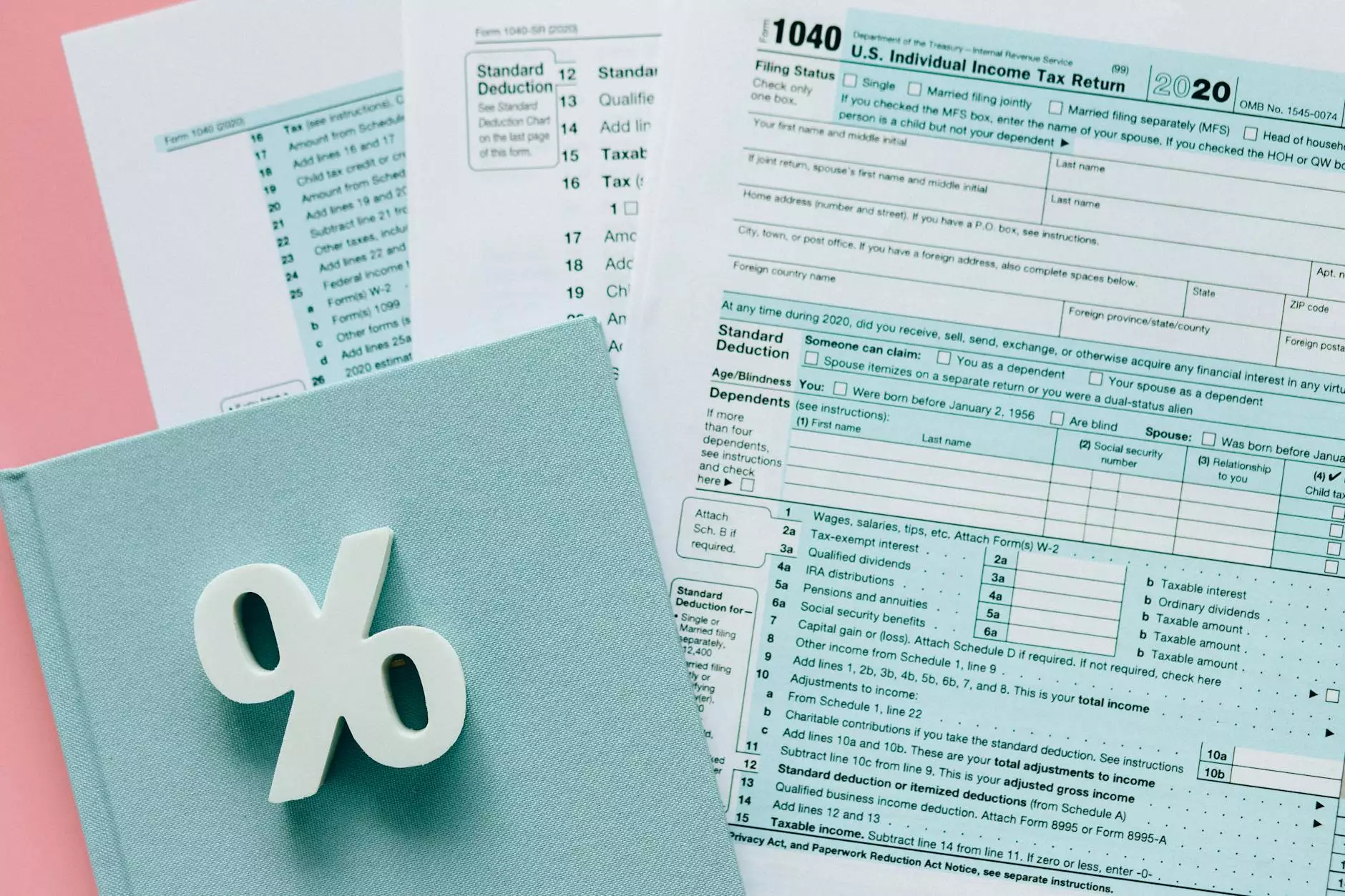Percent Error: Definition, Formula and Examples

What is Percent Error?
Percent error is a mathematical concept used to quantify the accuracy of a measurement or estimate compared to the actual value. It provides a way to assess the deviation between an observed or calculated value and the accepted or expected value. By expressing the difference as a percentage of the expected value, percent error allows for a standardized comparison across different measurements or estimations.
The Formula for Percent Error
To calculate percent error, you can use the following formula:
Percent Error = (|Observed Value - Expected Value| / Expected Value) * 100%In this formula, the observed value refers to the measurement or estimation you obtained, while the expected value is the theoretical or accepted value you compared it to. The absolute value ensures that the difference between the two values is always positive.
Understanding the Calculation
Let's break down the formula further to understand how percent error is calculated. Suppose you are conducting an experiment where you measure the weight of an object and compare it to the accepted value provided in a reference source. If your measured value is slightly different from the accepted value, you can assess the accuracy using percent error.
Firstly, you subtract the expected value from the observed value. This determines the numerical difference between the two values. Taking the absolute value ensures that the direction of the difference is not considered, only its magnitude. Then, you divide the absolute difference by the expected value. Multiplying by 100% at the end provides the result as a percentage.
Example Applications of Percent Error
1. Scientific Experiments
Percent error is commonly used in scientific experiments to evaluate the precision and accuracy of measurements. By calculating percent error, scientists can identify any systematic biases or random errors in their experimental setup or data collection process. It helps in refining experiments and making improvements to ensure more reliable and accurate results.
2. Engineering and Design
In engineering and design, percent error is frequently employed to assess the performance of prototypes or finished products. By comparing the expected specifications with the actual measurements or performance, engineers can identify any deviations and make necessary adjustments or improvements. Percent error enables them to gauge the extent of error and determine if it falls within acceptable tolerances.
3. Data Analysis and Statistics
Percent error is also applicable in data analysis and statistics, particularly when dealing with survey data or prediction models. Researchers can use percent error to evaluate the accuracy of their predictions or forecasts by comparing the estimated values with the actual observations. It helps in quantifying the deviation between predicted and observed values, thus guiding the refinement of models and predictions.
Tips for Accurate Percent Error Calculation
While calculating percent error is straightforward, there are some best practices to ensure accuracy and consistency:
- Use the correct reference value: It is vital to use the accurate and up-to-date expected or accepted value for comparison. Relying on outdated or incorrect information may lead to misleading percent error calculations.
- Double-check units and conversions: If your observed and expected values have different units, ensure that you convert them to the same unit before performing the calculations. Inconsistent or incorrect units can result in significant miscalculations.
- Be aware of significant figures: Pay attention to the number of significant figures in your measurements or values. Carry out the appropriate rounding or truncation to maintain consistency and precision in your percent error calculations.
- Consider uncertainties: Understand the uncertainties associated with your measurements or estimations. If your observed value falls within the expected range of uncertainty, the percent error may still be acceptable.
In Conclusion
Percent error is a valuable tool in assessing the accuracy of measurements or estimations. By quantifying the deviation as a percentage, it allows for standardized comparisons and helps identify areas for improvement. Whether in scientific experiments, engineering designs, or data analysis, percent error plays a crucial role in ensuring the reliability and validity of results. Remember to utilize the correct formula and follow best practices to obtain accurate percent error calculations.










